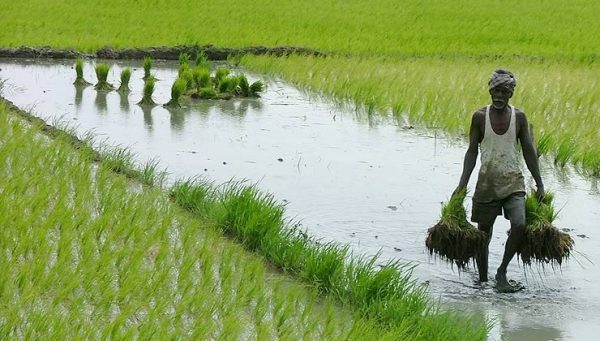Today, we’re diving into a topic that’s crucial for our nation—farmers and their income. India, being an agricultural country, has a majority of its population dependent on farming. Recently, there has been significant discussion around issues related to farmers, with the primary concern being how to increase their income. In this episode, we will explore the various aspects of farmers’ income and the challenges they face.
In any village, you will typically encounter three types of individuals in the agricultural sector:
- Landless Workers: These are individuals who do not own any agricultural land. They often work on the fields of other farmers or participate in government schemes like the Mahatma Gandhi National Rural Employment Guarantee Act (MGNREGA), which provides them with employment opportunities in rural areas.
- Small Farmers: These farmers own less than 2 hectares of land. If you were to convert this measurement into bighas, they have less than 8 bighas of land. Small farmers make up a significant portion of the farming community, and their income is often lower due to the limited size of their land.
- Large Farmers: These are individuals who own more than 2 hectares of land. While they represent a smaller segment of the farming population, they have the advantage of larger land holdings which can lead to higher income.
According to the 2011 census, about 85% of farmers in India are classified as small farmers, while around 9.5% of the population does not own any land for farming. This means that only about 5% of farmers are categorized as large farmers.
The 2019 NSSO survey provides some insight into farmers’ incomes across different states. On average, farmers in India earn ₹10,218 per month. However, this figure varies significantly from state to state. For example, farmers in Meghalaya have the highest average income at ₹29,348 per month, whereas those in Jharkhand earn considerably less, at ₹4,895 per month.
When it comes to selling their produce, farmers have two primary options:
- Private Dealers: Farmers can sell their crops directly to private dealers. This often involves negotiating prices and can be less predictable in terms of income stability.
- APMC (Agricultural Produce Marketing Committees): APMCs are government-regulated markets where farmers can sell their produce. These markets are established to ensure fair trade practices and prevent exploitation of farmers. Each district or tehsil has an APMC, where a committee is responsible for regulating the market. Buyers, who are licensed by the APMC, bid for the produce.
Part of the APMC system involves ‘aadhatiye,’ who are commission agents working under the APMC. Their role is to purchase produce from farmers and transport it to the mandi. Given that most mandis are located at the tehsil or district level, many farmers prefer selling their produce through these agents due to convenience.
For crops covered under the MSP (Minimum Support Price) scheme, the government announces a price which is intended to provide a safety net for farmers. However, if buyers in the APMC are unwilling to purchase these crops at the MSP or above, the government must step in to buy the produce. It’s important to note that while the MSP aims to ensure that farmers receive a fair price, it does not guarantee that the government will purchase all crops priced at MSP.
The MSP plays a crucial role in providing farmers with a fair bargaining position. It helps the government manage crop diversity, encourages the production of certain crops, and provides a mechanism for purchasing crops in times of need. Even if not all MSP crops are bought by the government, the MSP remains a vital policy tool.
